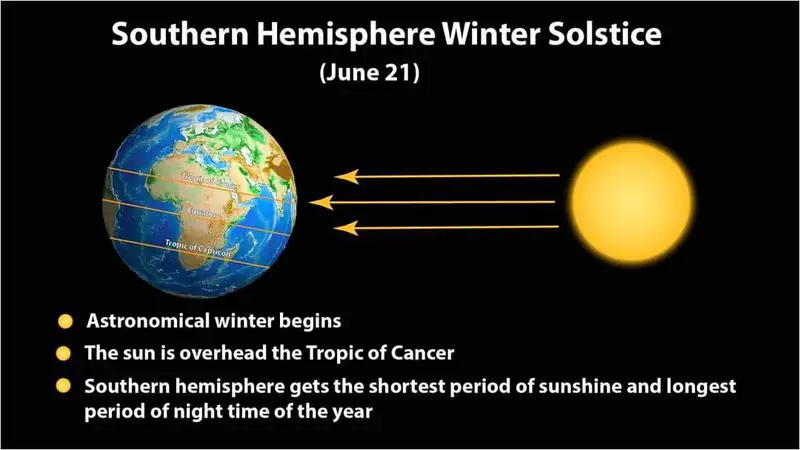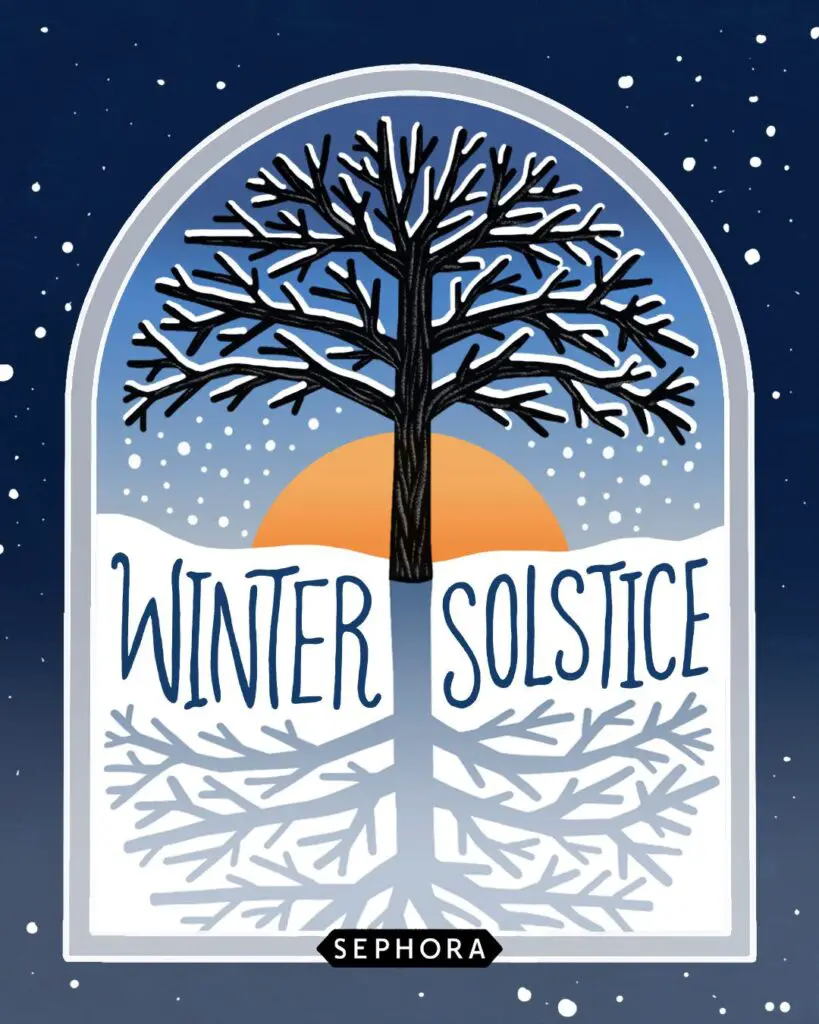|
|
|
|
|
|
|
|
|
|
|
|
|
|
|
The Winter Solstice
The winter solstice, often referred to as the darkest day of the year, holds a special place in various cultures around the globe. As the earth tilts on its axis, this celestial event marks the shortest day and longest night, ushering in the winter season. Let’s delve into the magic and significance of the winter solstice.
Understanding the Winter Solstice
The winter solstice occurs when the Northern Hemisphere is tilted farthest away from the sun, resulting in the least amount of daylight. This astronomical phenomenon typically takes place around December 21st, marking the official beginning of winter.

Historical Significance
Explore the historical roots of the winter solstice, from ancient civilizations that closely observed celestial events to the way it influenced agricultural practices and the marking of important dates in various cultures.
Cultural Celebrations Around the World
Discover the diverse ways different cultures celebrate the winter solstice, from traditional festivals to modern interpretations, highlighting the universal theme of embracing the return of light.
Astronomical Phenomena
Dive into the science behind the winter solstice, exploring related celestial events, such as the positioning of constellations and meteor showers that coincide with this magical day.
Winter Solstice Traditions
Uncover unique traditions associated with the winter solstice, ranging from bonfires and feasts to symbolic rituals that connect communities to nature and the changing seasons.
Connecting with Nature
Explore the spiritual and ecological aspects of the winter solstice, emphasizing the importance of connecting with nature during this time of reflection and renewal.
Seasonal Affective Disorder (SAD)
Address the impact of reduced daylight on mental health, discussing Seasonal Affective Disorder and providing tips on managing the winter blues.
Mythology and Folklore
Delve into the rich mythology and folklore surrounding the winter solstice, exploring how ancient stories and legends have shaped our understanding of this celestial event.
Winter Solstice in Modern Times
Examine how contemporary society acknowledges the winter solstice, from secular celebrations to the incorporation of ancient traditions into modern festivities.
Planning Winter Solstice Activities
Offer a guide on planning meaningful activities to celebrate the winter solstice, including suggestions for family-friendly events, personal rituals, and community gatherings.
Wellness and Self-Care during the Dark Days
Address the importance of self-care during the winter months, providing tips on staying physically and mentally healthy when daylight is limited.
Symbolism of Light and Hope
Explore the symbolic significance of light during the darkest time of the year, examining how various cultures use light as a metaphor for hope, renewal, and the triumph of good over evil.
Recipes and Cuisine for the Winter Solstice Feast
Share delicious recipes and culinary traditions associated with the winter solstice feast, offering readers a taste of the seasonal delights enjoyed during this time.
Global Perspectives on the Winter Solstice
Conclude by reflecting on the global perspectives of the winter solstice, emphasizing its universal significance and the ways it unites people across cultures in the celebration of light.

Conclusion
As we embrace the magic of the winter solstice, let us remember the profound connections it fosters—between cultures, nature, and our own inner light. In the darkness, we find the promise of renewal, making the winter solstice a time of celebration, reflection, and hope.
FAQs (Frequently Asked Questions)
- What is the winter solstice? The winter solstice marks the shortest day and longest night of the year, occurring when the Northern Hemisphere is tilted farthest away from the sun.
- How do different cultures celebrate the winter solstice? Various cultures celebrate the winter solstice with unique traditions, festivals, and rituals that often involve light, feasting, and community gatherings.
- Is Seasonal Affective Disorder (SAD) common during the winter solstice? Seasonal Affective Disorder (SAD) is a type of depression that occurs seasonally, often during the winter months when daylight is limited.
- What are some modern ways to celebrate the winter solstice? Modern celebrations of the winter solstice include secular events, community gatherings, and the incorporation of ancient traditions into contemporary festivities.
- Are there any specific recipes associated with the winter solstice feast? Yes, the winter solstice feast often includes recipes featuring seasonal ingredients, symbolizing the abundance and warmth of the holiday season.
